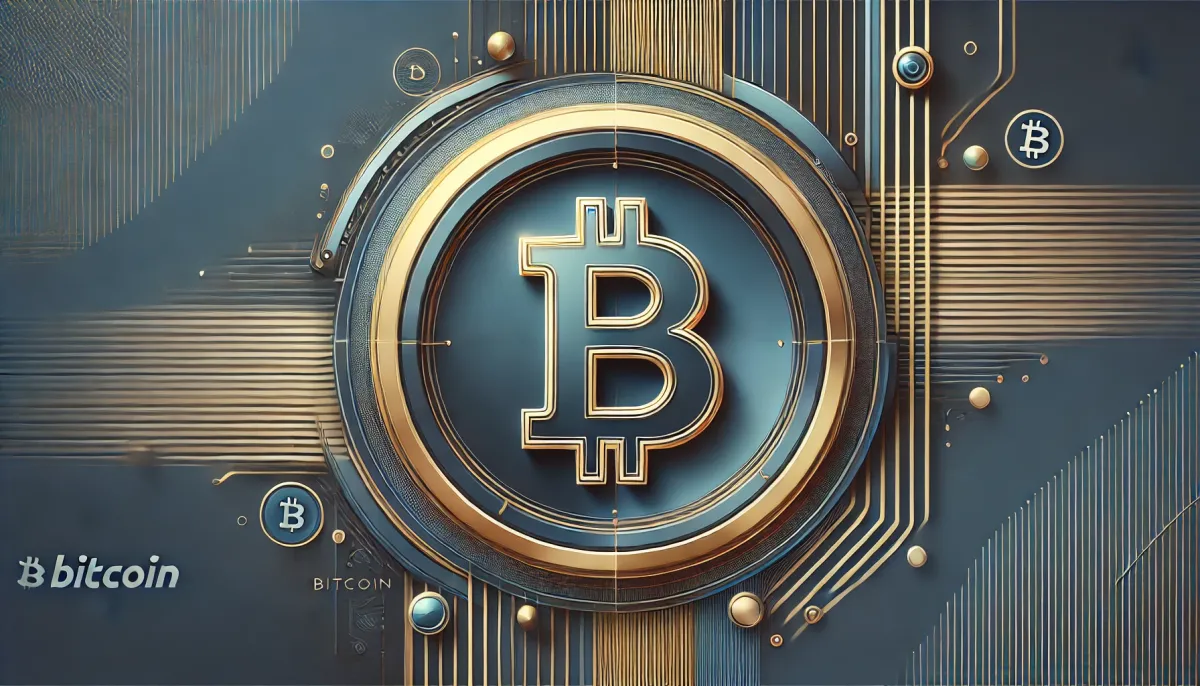Bitcoin Mining Stocks Surge: Pre-Election Catalysts
The October 21, 2024 episode of McNalley Money explores recent movements in Bitcoin mining stocks and upcoming Bitcoin price catalysts, with particular attention to the U.S. presidential election.

- My 'short take' notes summarize the content of podcast episodes; they do not necessarily reflect my own views.
- They contain (1) a summary of podcast content and (2) some speculative views on wider implications.
- Pay attention to broadcast dates (I often summarize older episodes)
- Some episodes I summarize may be sponsored: don't trust, verify, if the information you are looking for is to be used for decision-making.
Summary
The October 21, 2024 episode of McNalley Money focuses on recent recoveries in Bitcoin mining stocks and the anticipated catalysts that could drive Bitcoin prices to new highs before the U.S. presidential election. Key factors include ETF inflows, the U.S. election’s impact, and rising global Bitcoin mining difficulty, with significant implications for miners and investors.
Take-Home Messages
- Rising Bitcoin price expectations: Analysts predict a new all-time high in Bitcoin prices driven by U.S. election catalysts and ETF inflows.
- Bitcoin mining challenges: The upcoming difficulty adjustment will strain miners, reducing their Bitcoin yield unless offset by price gains.
- Nation-state competition: Russia and China may return to Bitcoin mining, increasing competition for hash rate dominance.
- ETF inflows exceed Bitcoin production: ETFs are absorbing ten times the weekly Bitcoin supply, putting upward pressure on prices.
- Diversification into HPC: Bitcoin miners are increasingly adopting high-performance computing (HPC) to stabilize revenue, despite pricing risks.
Overview
The October 21, 2024 episode of McNalley Money discusses the recovery in Bitcoin mining stocks, with Terawulf leading the way, surging 16% due to expectations of upcoming announcements related to high-performance computing (HPC). Bryce and Anthony predict that Bitcoin’s price will reach a new all-time high before the U.S. presidential election, driven by ETF inflows and political support from candidates like Donald Trump, who has expressed interest in Bitcoin.
The discussion also touches on Bitcoin mining difficulty, set to rise by 4.5%, presenting a challenge for miners as they will earn fewer Bitcoins for the same hash rate. However, global hash rates are increasing as more machines come online, particularly in North America. This dynamic could lead to further price increases, with ETFs already driving demand far above Bitcoin’s weekly production.
Additionally, the geopolitical landscape is shifting, with Russia set to decriminalize Bitcoin mining and China potentially relaxing its stance. These developments add to the growing competition among miners worldwide, pushing companies to diversify into areas like HPC. Despite potential risks due to pricing volatility in the computing sector, miners are increasingly looking at HPC as a means of stabilizing their revenue streams.
Broadcast Highlights
- Bitcoin mining stock rebound: TeraWulf surged 16%, leading a sector recovery as analysts expect further gains.
- Upcoming U.S. election: Bitcoin price is expected to hit new highs due to pro-Bitcoin political support and market optimism surrounding the election.
- ETF inflows surge: Bitcoin ETFs are absorbing ten times the amount of weekly Bitcoin production, tightening supply.
- Mining difficulty adjustment: Bitcoin’s mining difficulty will increase by 4.5%, challenging miners with lower yields.
- Global hash rate increase: New mining machines are being deployed rapidly, particularly in North America, increasing competition.
- Nation-state adoption of Bitcoin mining: Russia’s move to decriminalize Bitcoin mining and China’s potential re-entry into mining could disrupt global hash rates.
- High-performance computing (HPC) diversification: Terawulf and Cipher are moving into HPC to stabilize their revenues.
- Energy pricing and stranded energy: Access to cheap energy, especially stranded energy sources, remains crucial for miners’ profitability.
- FOMO-driven investment: FOMO is expected to drive retail interest, similar to previous Bitcoin bull cycles.
- HPC market risks: The volatile pricing of high-performance computing resources introduces risks for miners diversifying into this market.
Implications
The podcast highlights several key issues that could impact miners, investors, and policymakers in the Bitcoin space. The rising mining difficulty presents operational challenges for miners, while competition from nation-states like Russia and China could disrupt the global hash rate. Investors may see price volatility driven by ETF inflows, with Bitcoin’s supply tightening as institutional demand outpaces production. For policymakers, the growing institutional and nation-state involvement in Bitcoin underscores the need for clear regulatory frameworks that address both financial stability and energy consumption.
Future Outlook
Bitcoin’s price is expected to surge before the U.S. election, driven by strong ETF inflows and pro-Bitcoin political candidates. However, the rising difficulty of Bitcoin mining and increasing global hash rate could limit profitability for miners, especially those without access to cheap energy. Diversification into HPC may provide stability for miners, but the volatility in computing service prices presents its own set of challenges.
Broader Implications
Institutional Bitcoin Adoption
As ETFs and institutional inflows into Bitcoin grow, demand will likely outstrip supply, leading to upward price pressure. This will attract more investors, including institutions, creating a feedback loop that drives market growth and liquidity.
Global Competition in Bitcoin Mining
With nations like Russia and China increasing their participation in Bitcoin mining, competition for hash rate dominance will intensify. This could lead to geopolitical tensions, as states may vie for control over Bitcoin’s decentralized network and influence in global markets.
High-Performance Computing as a Diversification Strategy
Miners like Terawulf are increasingly moving into HPC to diversify their revenue streams. While this strategy offers stability, the volatility in computing resource prices introduces risks, requiring miners to adapt their operations to both markets simultaneously.
Bitcoin’s Role in Geopolitical Strategy
Nation-state adoption of Bitcoin, as seen with Russia and China, could position Bitcoin as a strategic asset in global economic policy. Bitcoin may become a tool for countries looking to assert financial independence or hedge against sanctions and traditional financial systems.



Comments ()